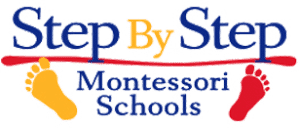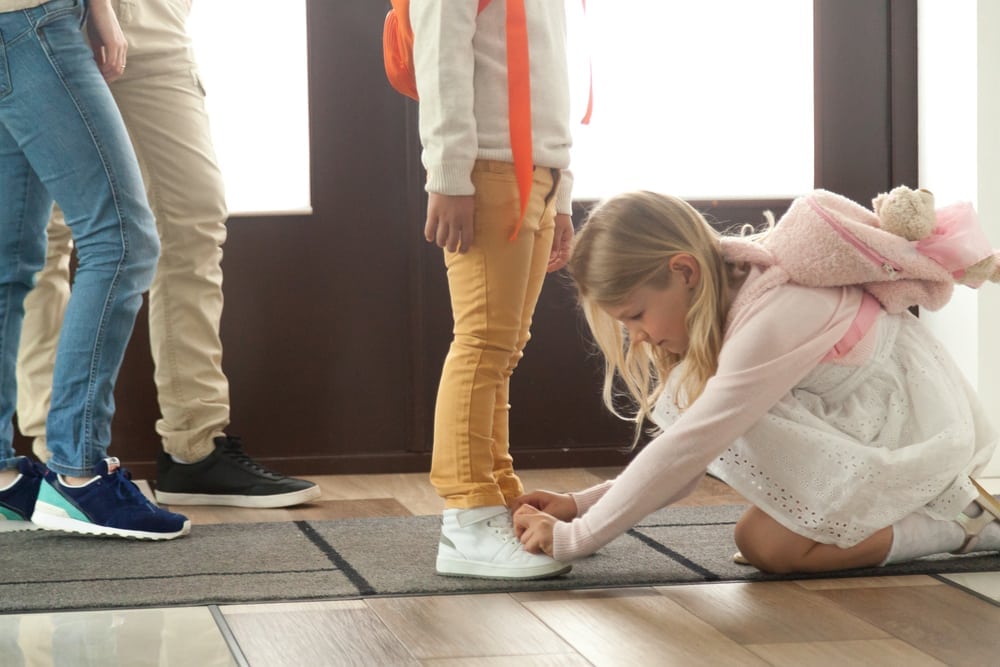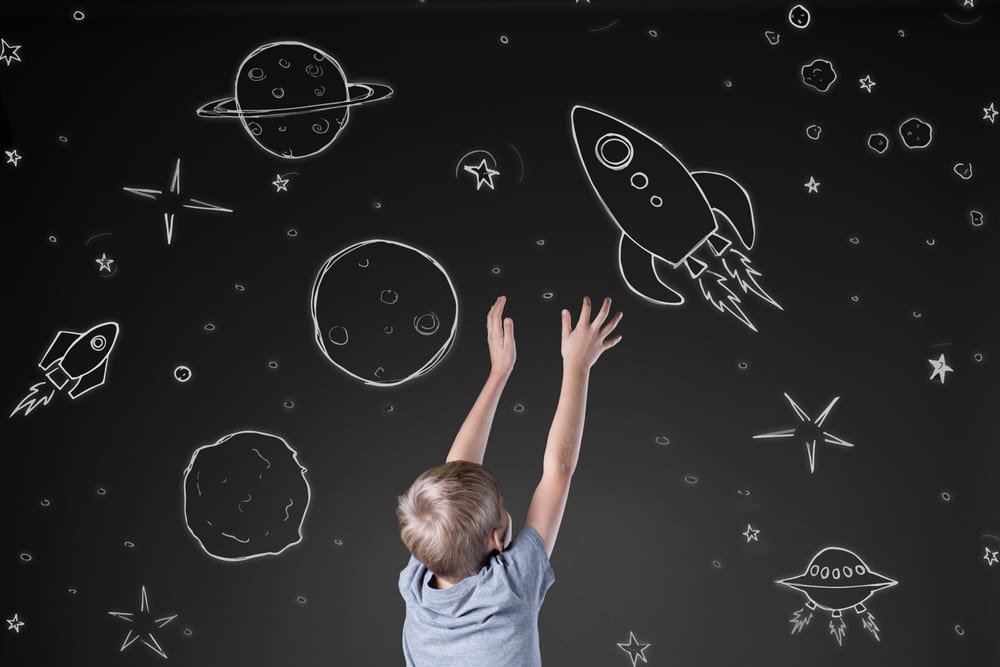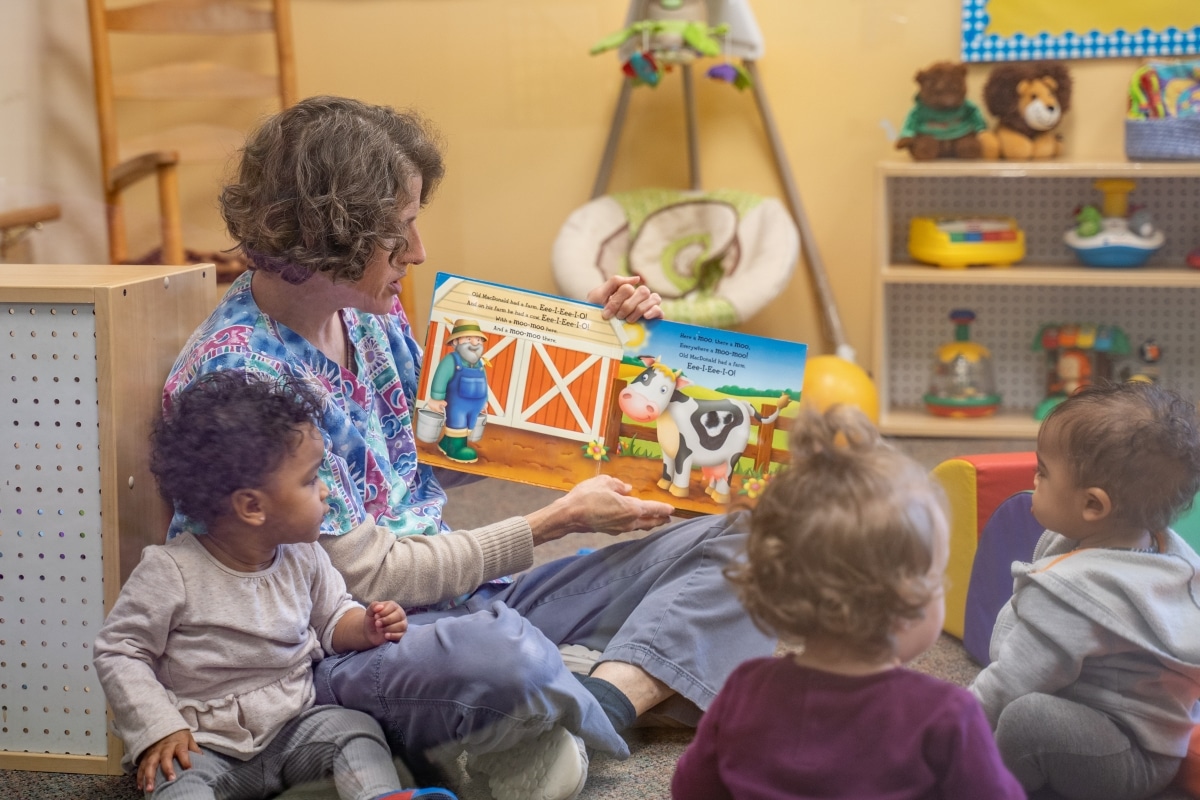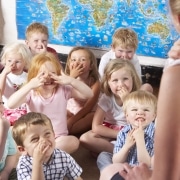By Kristen Guzzi
All the way through elementary school and into high school, we always sat in desks or at a table. It didn’t matter if we were doing worksheets, homework, or power points. As I got older, I remember just always wanting to get up from the desk to just go get water or roam around the hallways. At this point, I was probably only listening to half of what the teacher was saying.
As I sit here and think about the age group I teach 3-6-year-olds, I can’t imagine them sitting all day. It’s already challenging on some days to have a circle time for a couple of minutes. I start thinking about some of my older friends in class who will have to sit for longer periods at a desk or table and already know this could be a possible challenge for some of them. I know that they will have recess and other special activities, such as music and gym class, that will provide some movement.
The Montessori environment gives the children an opportunity to learn as they are moving. Whether it’s through gross or fine motor activities, the Montessori materials make it possible for the child to grow cognitively. When the child is moving while they are learning the chill will retain the information easier. The movement is also important for the physical growth of a child. Their bodies are growing and need to move throughout the day.
In the Montessori classroom, the children get the option of working on the floor with a work mat. This option allows them to move instead of sitting at a table or desk throughout the work period. The option of working on a mat gives the child a chance to have more movement when they lay out their mat and roll it up. This simple activity helps the child refine their gross motor development.
The color tablets are another example of work in the classroom that allows the child to move freely around the classroom. While the child is doing this work, they are matching the tablets without disrupting others during the work period. In geography, the child will learn the continents by making their own map, and pin punching out each continent separately. This small movement allows the child another area for physical growth. The practical life area in a classroom also helps children refine their fine motor skills. The small movements such as pouring, spooning, and weaving, etc help their growth once again.
At other traditional schools, a child may be offered activities and specials such as Spanish and music but may not provide any chance for movement. Step By Step Montessori offers these activities and gives the children a way to express themselves through movement. Through song and dance, for instance, the children are learning new words to say in Spanish.
Movement is so important for a child’s growth and development of body control. I think most people who are not familiar with a Montessori environment may be surprised by how much we move in our Montessori classroom. I can still remember on Grandparent’s day how surprised our visitors were by most kids working on the floor, and moving around with number rods, but not bothering anyone around them.
